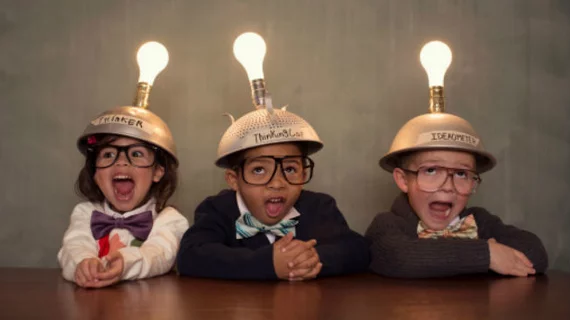AI, wearable technology used to detect hidden signs of anxiety, depression in children
A University of Vermont-led research team combined wearable and AI technology to quickly and accurately detect internalizing disorders, like anxiety and depression, in young children, according to a study published in PLOS One. Nearly one out of five children experience internalizing disorders and when left untreated, they can contribute to health problems later in life, according to the study.
The research team used a 90-second mood induction task to identify children with internalizing disorders, which typically have unobservable symptoms that can go undiagnosed for years in children and lead to substance abuse and an increased risk of suicide.
“These results point toward the future use of this approach for screening children for internalizing disorders so that interventions can be deployed when they have the highest chance for long-term success,” Ryan S. McGinnis, PhD, assistant professor and biomedical engineer at the University of Vermont and lead author of the report, et al. wrote.
Researchers used a wearable motion sensor to track a child’s movement during the task and a machine-learning algorithm to analyze movement data and detect signs of the disorders. The method was tested on 63 children known to have internalizing disorders.
The method achieved an 81 percent accuracy, with 67 percent sensitivity and 88 percent specificity, in identifying children with internalizing disorders. The results were significantly better than the standard parent-reported method, which had a 0.68 to 0.75 accuracy, 0.81 to 1.00 specificity and 0.00 to 0.42 sensitivity. The wearable sensor and machine-learning algorithm method only needed 20 seconds of data to assess the disorders within the children.
“Children with anxiety disorders need an increased level of psychological care and intervention,” Ellen McGinnis, clinical psychologist at the University of Vermont, said in a statement. “Our paper suggests that this instrumented mood induction task can help us identify those kids and get them to the services they need.”
Researchers hope to refine the algorithm and develop additional tests that will allow it to distinguish between anxiety and depress, according to the university. The ultimate goal is to develop “battery of assessments that could be used in schools or doctors’ offices to screen children as part of their routine developmental assessments.”

